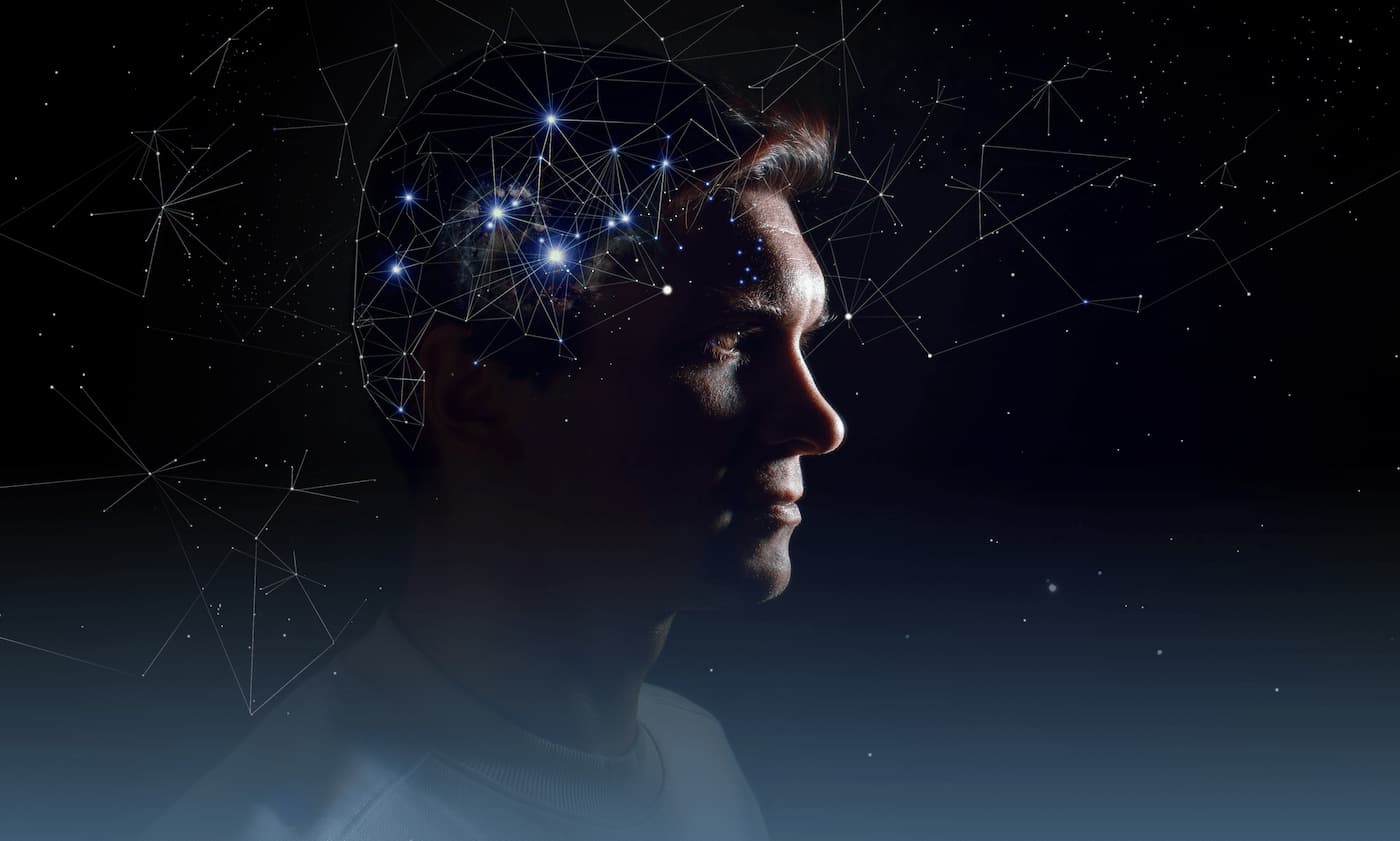Scientists capture shock waves from giant black holes | Sciences
5 min read:strip_icc()/i.s3.glbimg.com/v1/AUTH_59edd422c0c84a879bd37670ae4f538a/internal_photos/bs/2023/b/f/XjykIBQaGJ3Wtd7z0SYw/buracos.png)
:strip_icc()/i.s3.glbimg.com/v1/AUTH_59edd422c0c84a879bd37670ae4f538a/internal_photos/bs/2023/b/f/XjykIBQaGJ3Wtd7z0SYw/buracos.png)
Scientists have captured gravitational waves from the collision of supermassive black holes at the hearts of distant galaxies as they begin to merge.
This may be the first direct evidence of the existence of supermassive black holes that warp time and space as they come closer together.
In theory, this process allows galaxies to grow. Now, astronomers will be able to check if this is really happening.
These distortions of space and time occur all the time throughout the universe.
One of the groups behind the latest discovery is the European Pulsar Timing Array Consortium (EPTA), led by Professor Michael Kramer of the Max Planck Institute for Radio Astronomy in Bonn, Germany.
He told BBC News that this discovery has the potential to change scientists’ ideas about the universe forever.
“These results can tell us whether Einstein’s theory of gravity is wrong; they can tell us about what dark matter and dark energy are, the mysterious stuff that makes up most of the universe, and they can give us a window into the theories of physics.”
Further study of the initial observations could provide new insights into the role supermassive black holes play in the evolution of all galaxies.
Astronomer Rebecca Bowler from the University of Manchester in the UK told BBC News that researchers believe there are supermassive black holes at the heart of all galaxies – and that they will evolve over billions of years. But so far all of these concepts are theoretical.
“We know that supermassive black holes exist, but we don’t understand how they got there. One possibility is that smaller black holes merge, but there is very little observational evidence for this,” she said in context.
He added, “But with these new discoveries, we were able to observe this merger for the first time. This will show us directly how massive black holes are formed.”
The latest results were obtained by signaling dead stars, which are called pulsars. They rotate and send out bursts of radio signals at very precise intervals.
But researchers, including astronomers at the Lovell Telescope in Cheshire and the University of Birmingham in the UK, have found that these signals are reaching Earth faster or slower than they should be.
They say the warp this time is consistent with what would be expected from gravitational waves generated by the merger of supermassive black holes across the universe.
Astrophysicist Stanislav Babak of the APC laboratory at the National Center for Scientific Research in France has claimed that gravitational waves carry information about “some of the best-kept secrets in the universe.”
The newly discovered gravitational waves differ from those discovered so far. The previously observed waves are caused by smaller, star-sized black holes colliding with each other.
The clearest picture of a black hole has been released
The type described in the latest research appears to include black holes hundreds of millions of times more massive, which orbit each other as they get closer.
The gravitational ripple of these waves is so strong that it distorts time and space – a process that can continue for billions of years until the supermassive black holes finally merge completely.
The gravitational waves previously detected by scientists can be thought of as short bursts, while the new ones are like the constant buzz that surrounds us all the time.
The next step in the research involves taking readings and combining notes. As more progress is made in this area, another goal for experts is to discover the pairs of supermassive black holes that are the source of these waves.
It is possible that gravitational waves are also caused by other equally fascinating phenomena, such as the first black holes ever created, or strange structures called cosmic strings. Either way, they can be seen as “seeds” from which the universe arose..
What are gravitational waves?
Gravity is a constant force in our daily lives. If you drop a cup, for example, it will always fall and crash to the floor.
However, in space, gravity doesn’t stay the same. It can change in the face of some sudden catastrophic event – like the collision of black holes.
Such a cataclysmic event is so catastrophic that space and time are warped and ripples are sent through the universe – as when a pebble is dropped into a pond.
In the case of gravitational waves, everything in the universe—stars, planets, and even ourselves—runs like water in a pond.
It all ends up being compressed and stretched – then slightly squashed and flattened as the ripples go.
Just like a lake, the ripples soon subside and disappear.
Gravitational waves from stellar-sized black hole mergers have been directly detected since 2015.
At the time, highly sensitive laser systems were able to measure ripples produced in the final moments before impact.
For the kind of wave coming from the spiraling supermassive black holes, the pulsar analysis method is able to pick up the ripples produced in the billions of years before the final union between the two supermassive structures.
This is similar to what happens when there is a steady stream of stones being thrown into a pond – it makes endless waves. And while mergers are happening all over space, the signal seems like a cacophony.
EPTA worked with a consortium in India (InPTA) and published the results of the study in the specialized journal Astronomy & Astrophysics.
Three other competing research groups from North America (NANOGrav), Australia (PPTA), and China (CPTA) have published similar assessments, to great excitement in the physics and astronomy community.
Scientists must first confirm initial observations. None of the research groups yet has data beyond the gold standard for sampling errors (which is a one chance in a million error).
Getting this far is essential to obtaining conclusive evidence – although, taken together, the current results from the various teams are compelling.

“Entrepreneur. Music enthusiast. Lifelong communicator. General coffee aficionado. Internet scholar.”

:strip_icc()/s04.video.glbimg.com/x720/11792055.jpg)

:strip_icc()/s03.video.glbimg.com/x720/11786998.jpg)